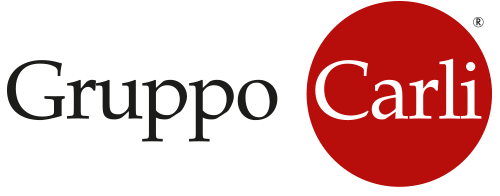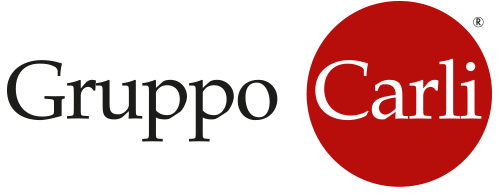Gruppo Carli ready-to-use chopped forage is a valid alternative for animal feed management.
Specific research in animal nutrition has shown that the most effective way of improving production performance in cows, sheep, goats or buffaloes during lactation is to feed a diet based on high-quality fodder.
In addition to the nutritional aspect, qualitative analysis has proved that the consistency of the fibre is an essential parameter. This is due to its dietary role, i.e. its ability to stimulate mastication and peristalsis in the gastro-intestinal tract, saliva production and therefore correct digestion.
The role of fibre in the feeding ration
Bearing in mind that to meet their considerable nutritional needs during lactation, cows must consume high-density feed, fibre is a key factor in milk production.
If the fibre in the fodder is too long, the risk is that the animals discard it, preferring other components of the feed.
The farmer needs to avoid the extremes of feed with very little fibre – which can disrupt rumen fermentation, with negative consequences on the health of the animal (ruminal acidosis) – and feed with too much fibre, which can reduce the energy provided by other components and lower overall productivity.
This is all related to the dynamics of the animal’s intestinal transit, in other words the behaviour of the fibre inside the ruminant. Numerous studies have shown that the size of fibre particles is directly proportional to the time they spend inside the animal, and therefore their degradability.
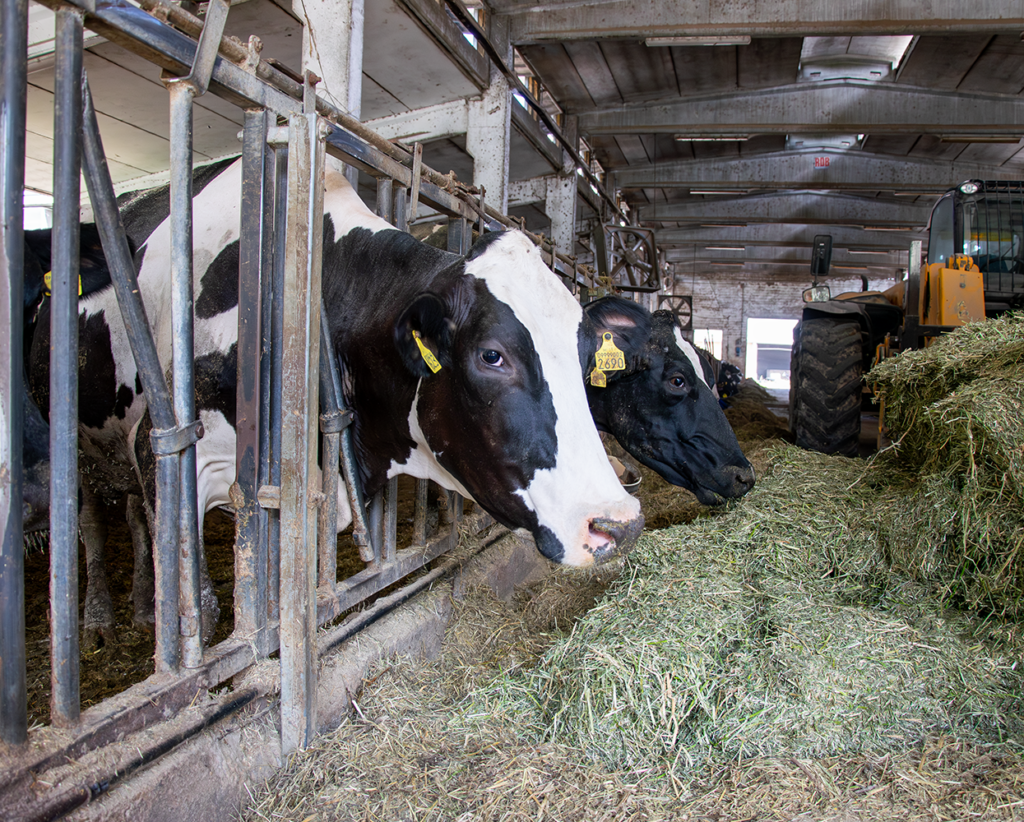
Improved degradability can be achieved at two points:
– at the time of harvesting the forage, favouring early cutting
– on a daily basis in the barn, when preparing the TMR mixer wagon.
Incorrect handling of these two aspects may compromise the quality and structure of the fibre, reducing the nutritional effectiveness of the feed.
Gruppo Carli chopped fodders successfully meet both these criteria:
– they are harvested at early ripening age and constantly monitored using advanced quality analysis techniques, including fibrous fractions such as aNDFom (potentially digestible fibre) and uNDF (undigestible fibre), which make the fodder more digestible. Gruppo Carli uses its expertise and technology to reduce the impact of nutritional variation in components of the feed ration, transforming forage and analytical data into real “nutritional services” available to livestock farmers and scientists.
– all our baled products range (alfalfa, mixed hay, hay, straw) consist of pre-chopped fodder, to guarantee a balanced fibre content and facilitate preparation of feed rations.
At Gruppo Carli factories, the chopping operation is followed by a process of ventilation which sanitises the forage and eliminates any foreign bodies (stones, soil).
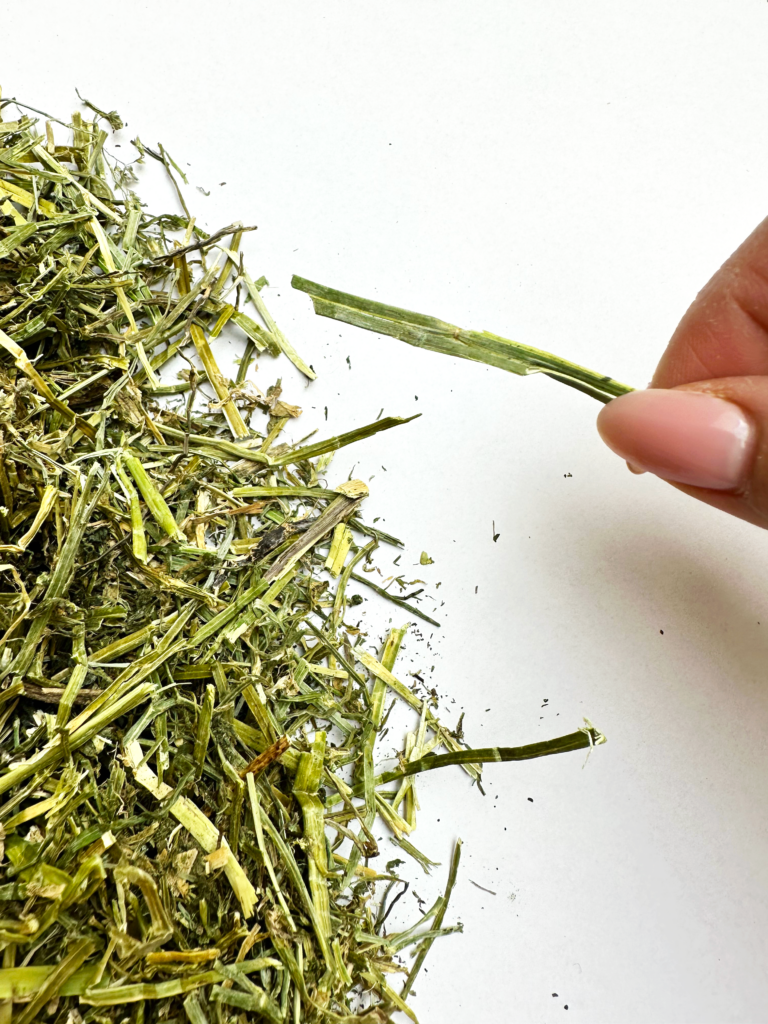
In-house chopping fodder process is often a laborious task for farmers, in terms of amortisation of machinery, energy consumption, time and labour costs. The use of Gruppo Carli chopped forage optimises overall feed costs, essential for the efficient management of the farm.
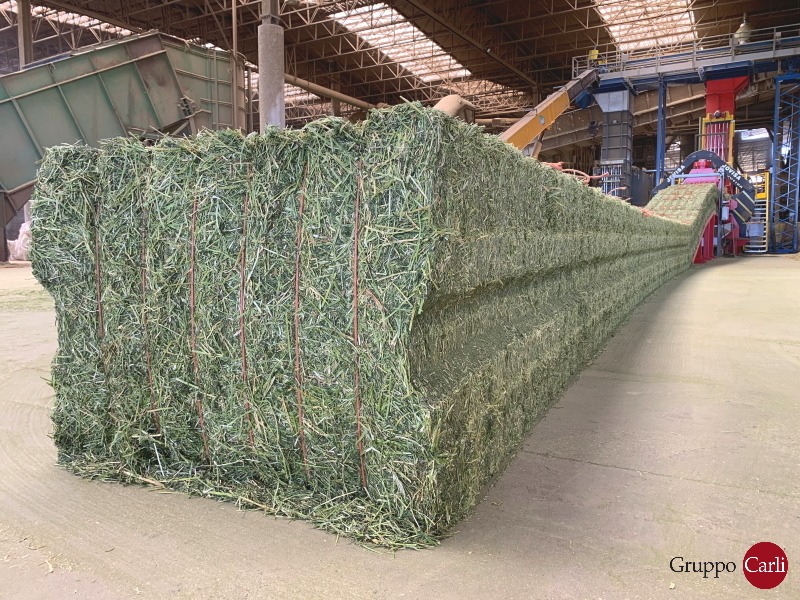
Reference:
Mertens, D. R. 1997. Creating a system for meeting the fiber requirements of dairy cows. J. Dairy Sci. 80:1463-1481.
Berzaghi, P., G. Cozzi, F. Gottardo, G. M. Burato, S. Segato and I. Andrighetto (2001). Effetto delle dimensioni delle particelle di una dieta unifeed sul comportamento alimentare e sulla produzione di bovine da latte. Zootecnica-e-Nutrizione-Animale. 27(3-4,): 135-144.
Formigoni A., Piva A. 1996. Feeding management and bovine milk quality. Zoot. Nutr. Anim
22: 251-257
